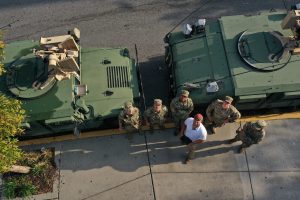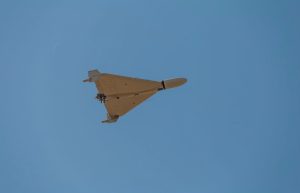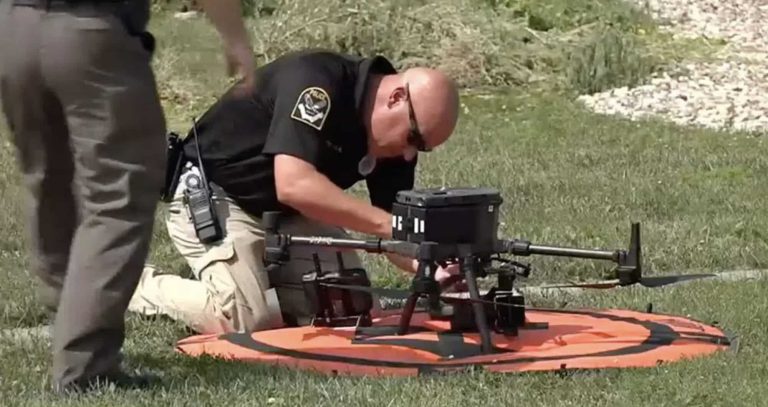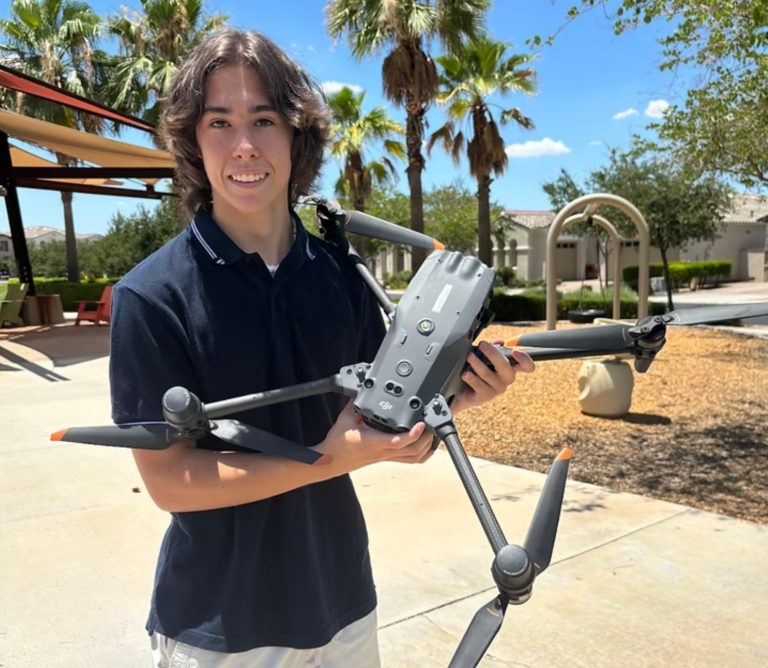In a significant move towards enhancing public safety and operational efficiency, the City of San Diego’s Public Safety Committee has recently given its nod for the San Diego Police Department (SDPD) and San Diego Fire-Rescue Department (SDFD) to use Drone Technology, according to NBC San Diego.
This approval marks a critical step in the integration of unmanned aircraft systems (UAS) into the city’s first response protocols, a journey that began back in 2018.
The Journey of Drone Integration
The adoption of drone technology by San Diego’s First Responders wasn’t an overnight decision. As recounted by Sgt. Nicholas Link of the SDPD to NBC San Diego, the journey started with a cautious approach. The SDPD and SDFD have been utilizing drone technology since 2018, focusing on a slow rollout to ensure a thorough understanding and responsible use of this technology in various missions. Sgt. Link, a certified Federal Aviation Administration drone pilot and the architect behind the SDPD’s UAS program, emphasized the learning process involved in these early stages.
Balancing Technology and Privacy
A pivotal aspect of San Diego’s drone program is its adherence to the city’s Transparent and Responsible Use of Surveillance Technology Ordinance (TRUST). Passed in 2022 and amended later, TRUST mandates that any surveillance technology used by city employees must be publicly disclosed and subjected to evaluation by a privacy advisory board. This ordinance covers around 300 technologies, including drones, and aims to address privacy concerns by ensuring transparency and responsible use.
Sgt. Link highlighted the department’s commitment to balancing the mission’s success with privacy rights. He mentioned the added emphasis on understanding the Fourth Amendment and ensuring the protection and respect of individual privacy in their policies, procedures, and training programs.
The Approval Process and Public Engagement
The path to approval under the TRUST ordinance involved a series of steps, including joint hearings across the city’s nine council districts and presentations to the Privacy Advisory Board (PAB). Despite the low public turnout at these hearings, the process facilitated valuable feedback, leading to several recommendations from the PAB. However, according to Sgt. Link, most recommendations were already in line with existing policies, indicating a strong foundation of responsible drone use within the departments.
Operational Insights and Future Steps
In 2023 alone, the SDPD conducted approximately 60 drone missions, showcasing the growing reliance on this technology for various operational needs, including rare instances of city department requests such as flood assessments. Similarly, the SDFD has leveraged drones for real-time data collection during fire incidents, opting not to record many flights that serve immediate operational purposes.
The unanimous approval by the Public Safety Committee is a testament to the successful integration and responsible management of drone technology by San Diego’s first responders. This approval paves the way for the final nod from the full city council, setting a precedent for the future of public safety operations in urban settings.
San Diego’s journey towards integrating drone technology into its public safety operations reflects a broader trend of embracing innovative solutions while carefully balancing efficiency with privacy concerns. The city’s meticulous approach, from initial trials to navigating through legislative requirements under the TRUST ordinance, exemplifies a model for other municipalities considering similar technologies.
As San Diego awaits the full city council’s approval, the story of its drone program serves as a beacon of modern, responsible public safety practice, aligning technological advancement with the foundational values of privacy and transparency.





















+ There are no comments
Add yours